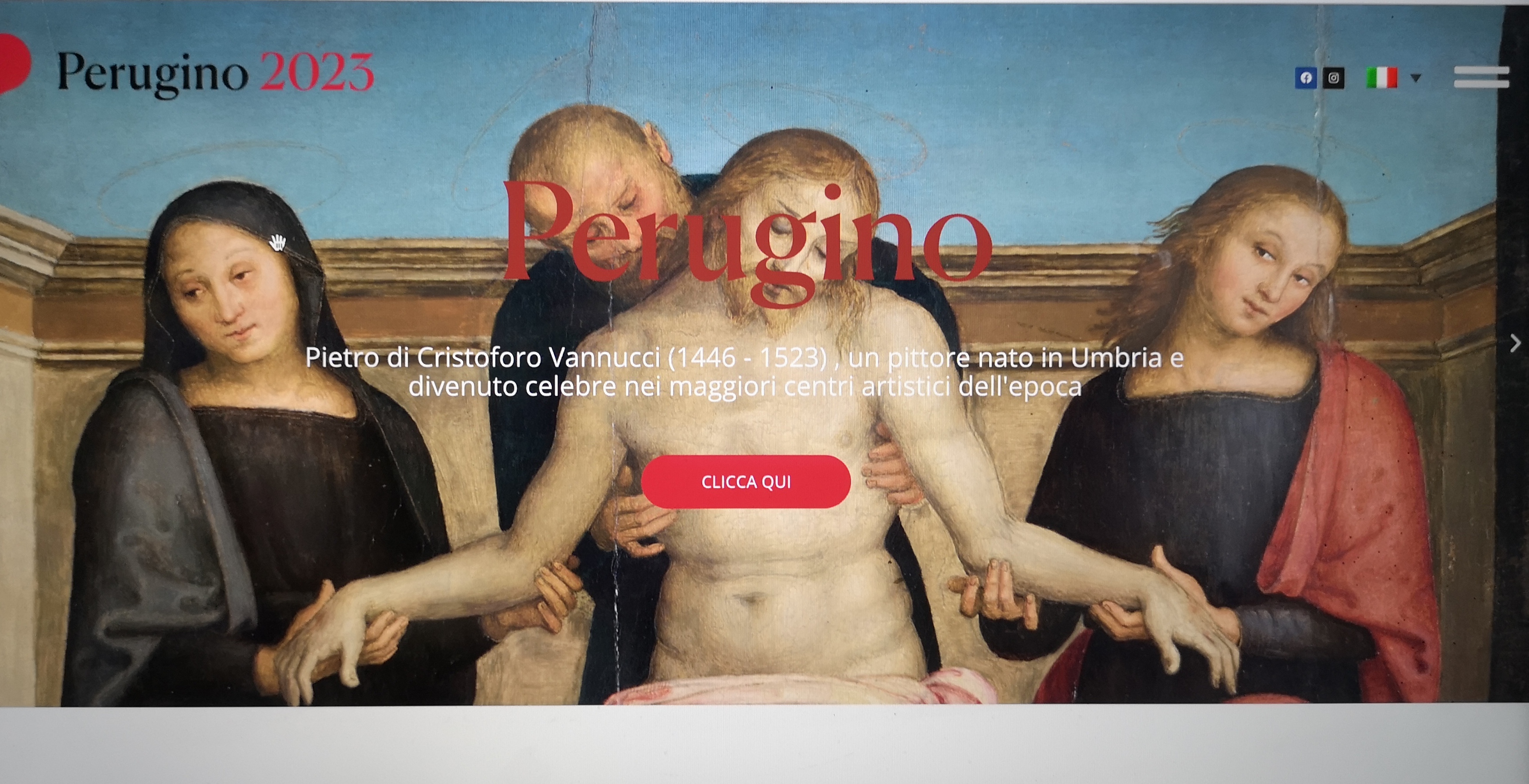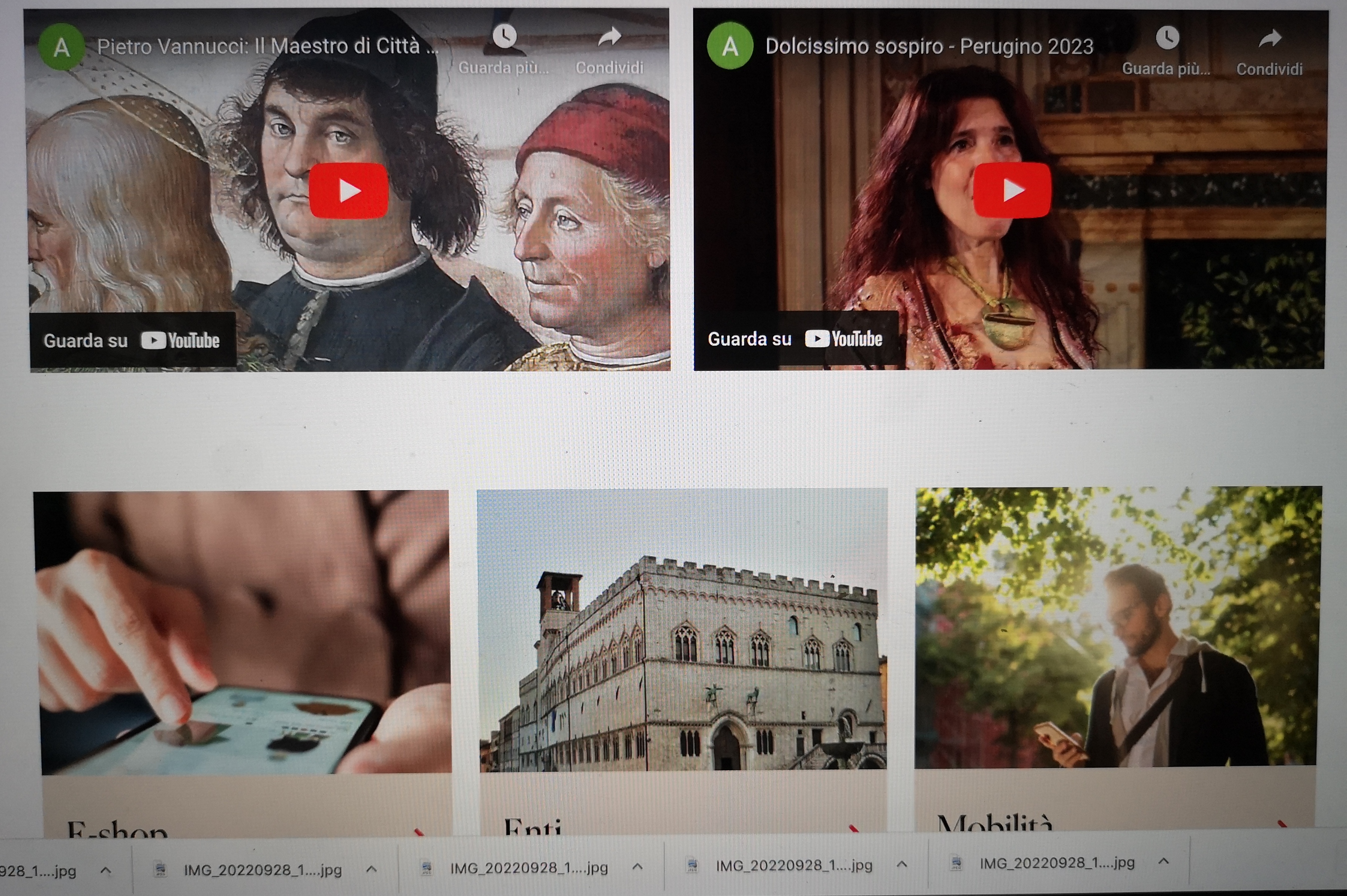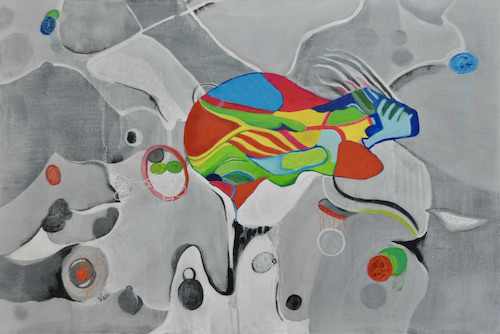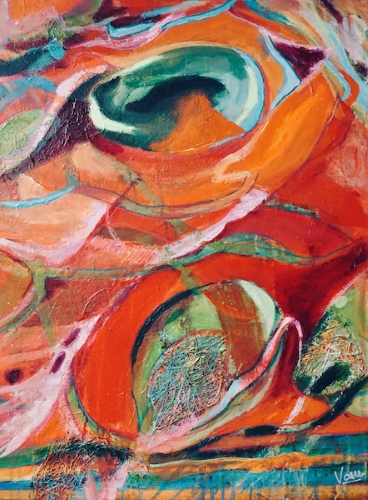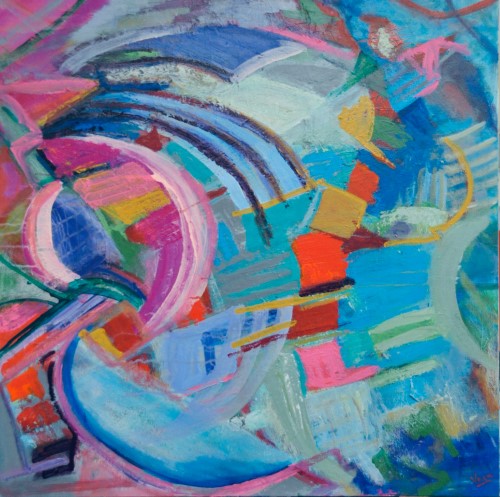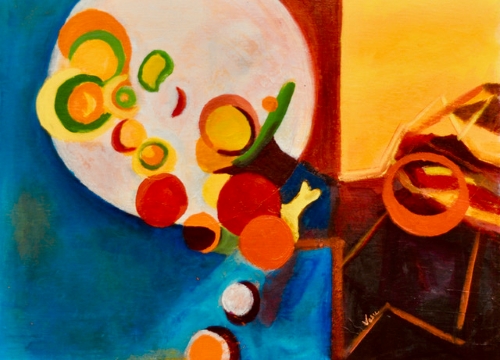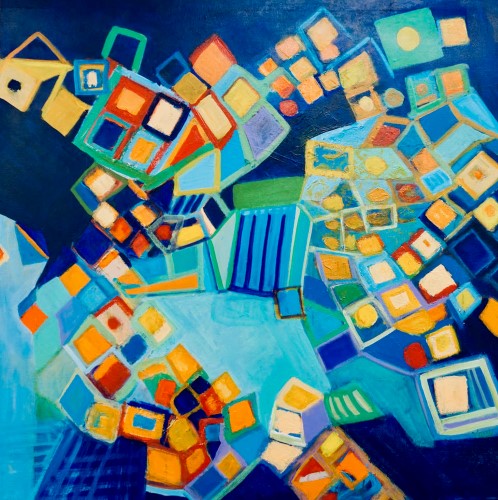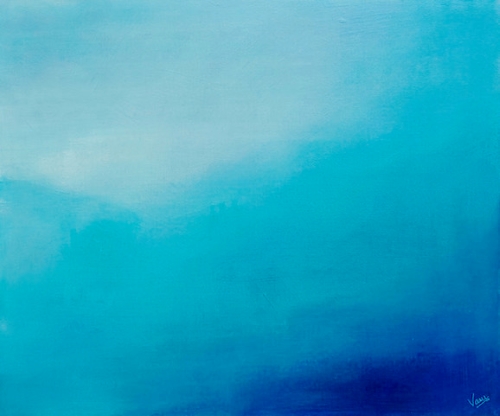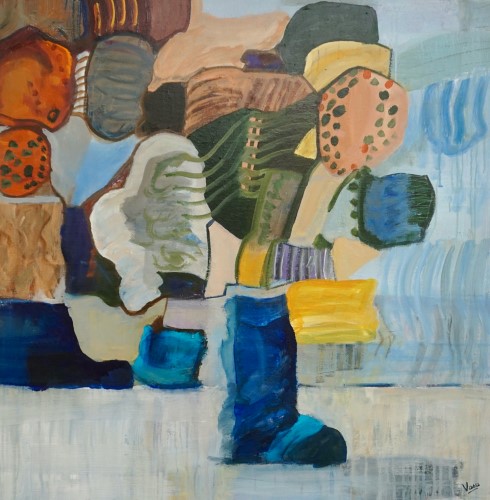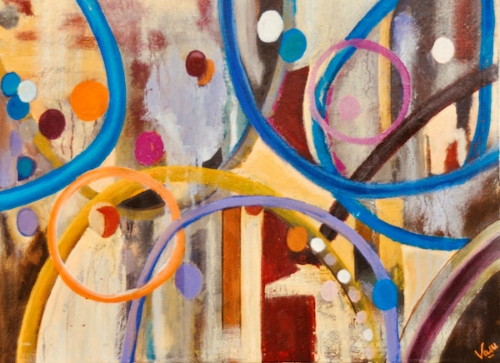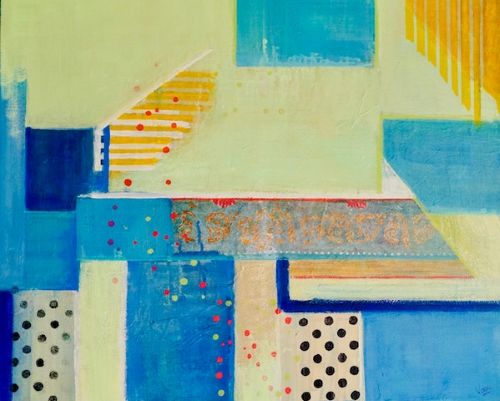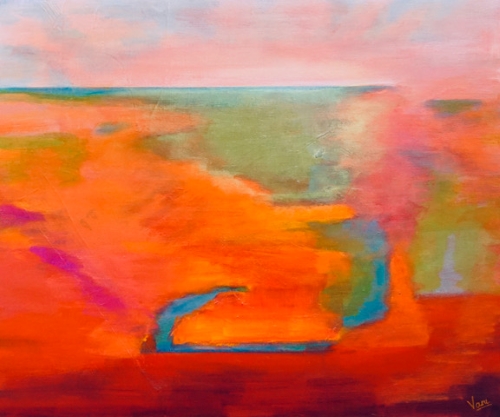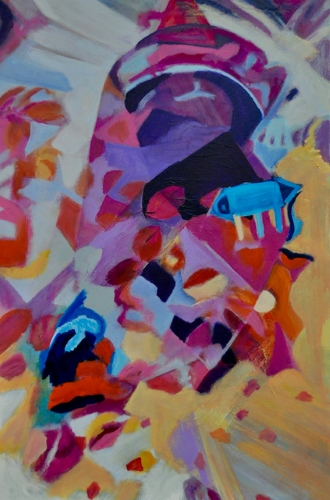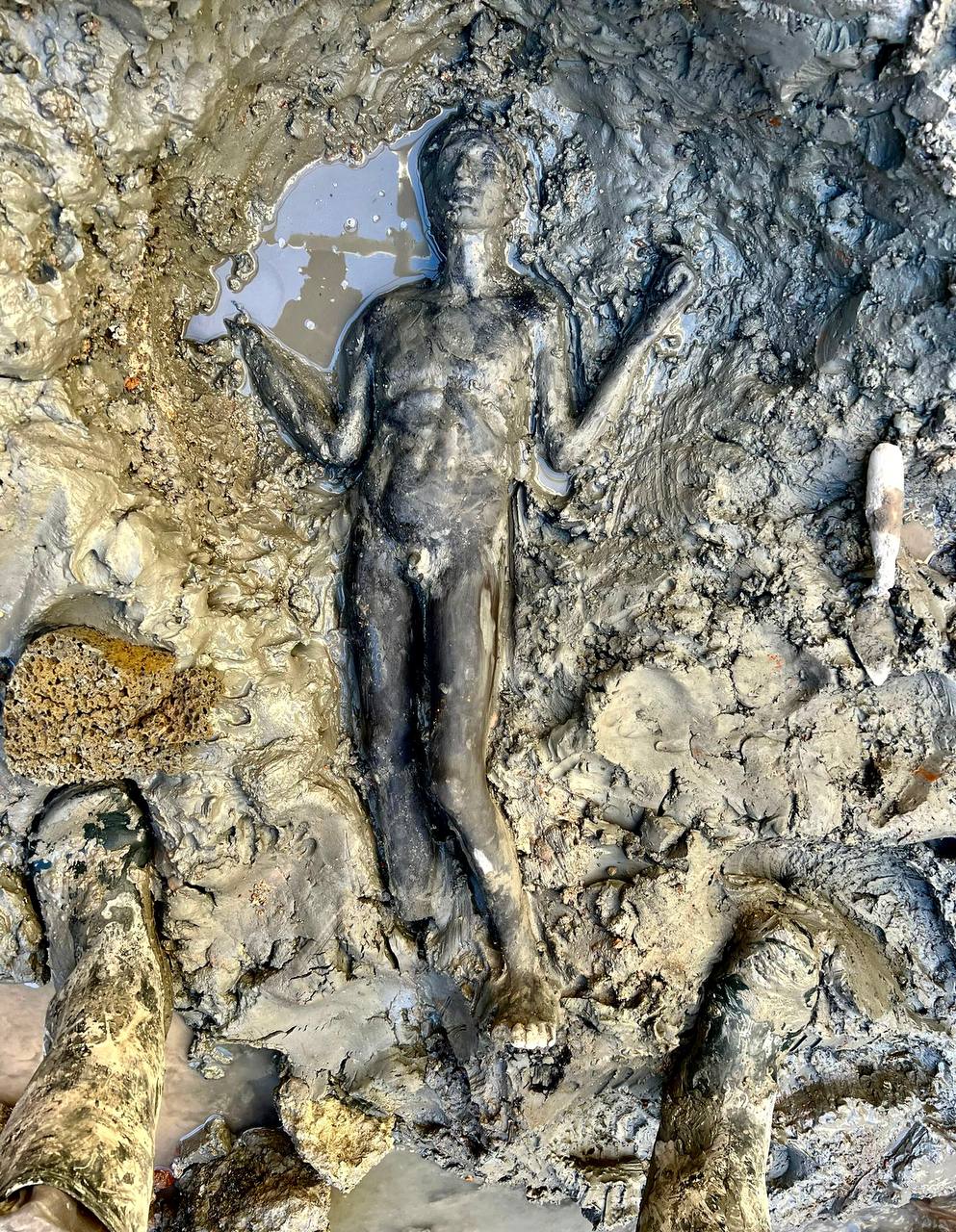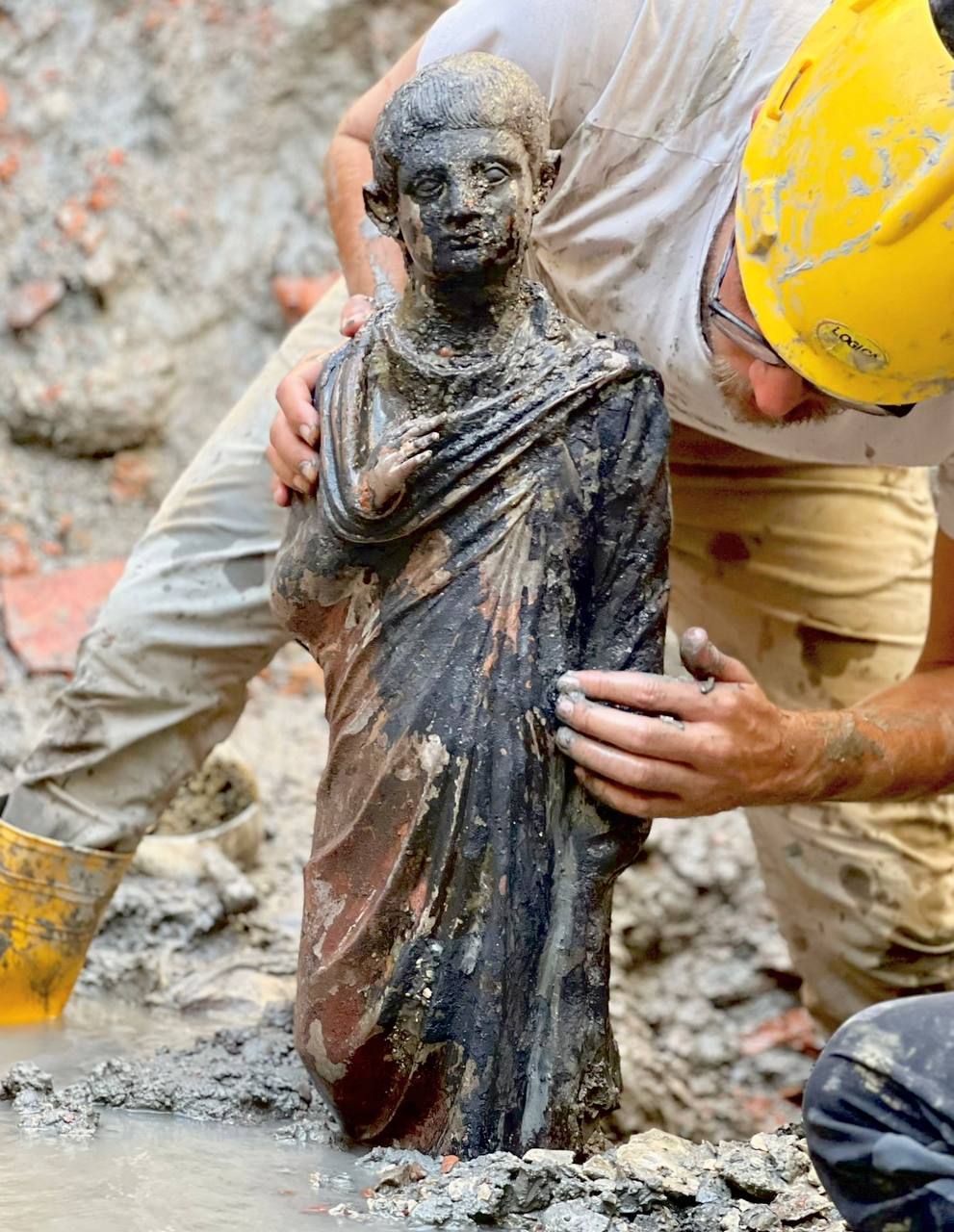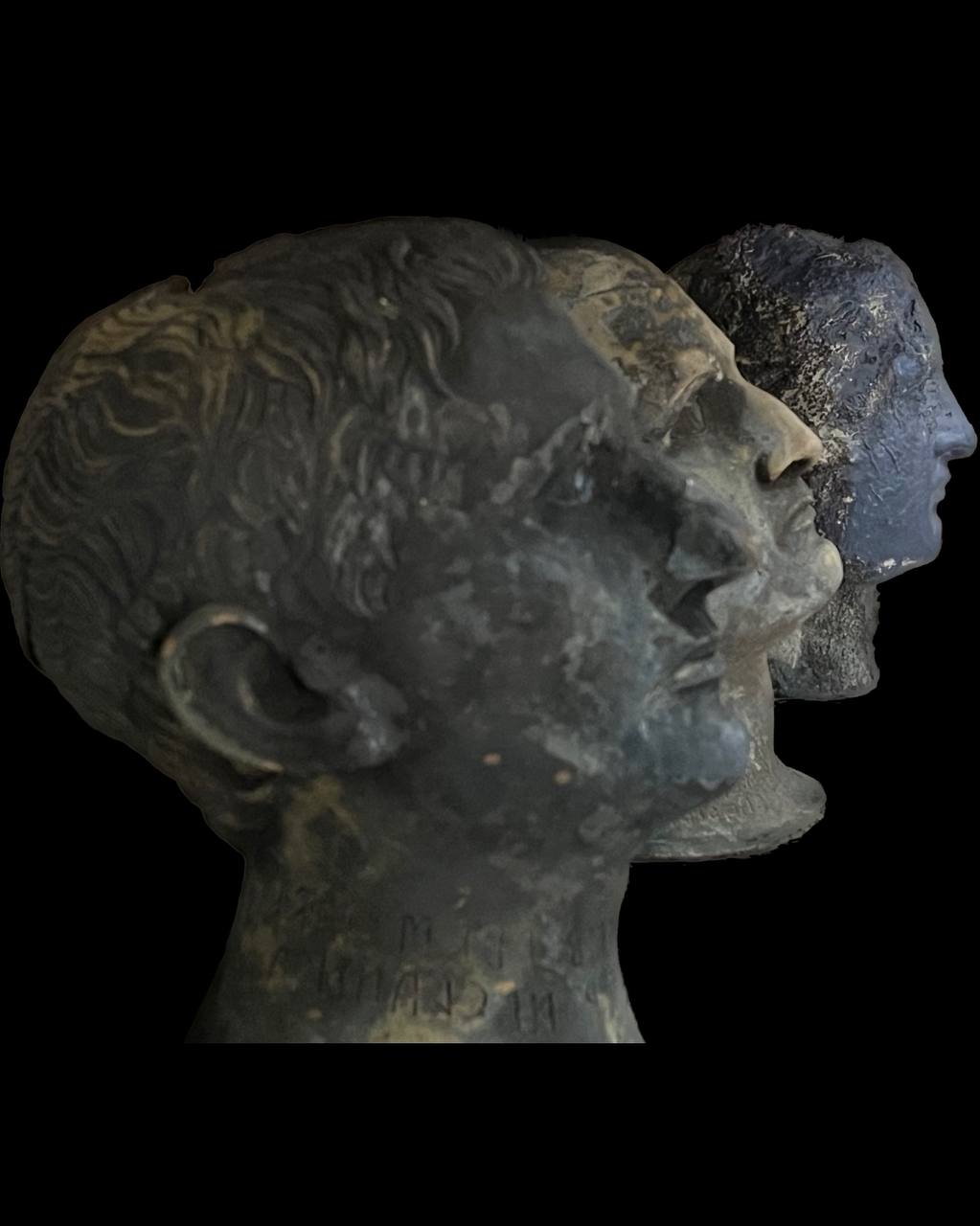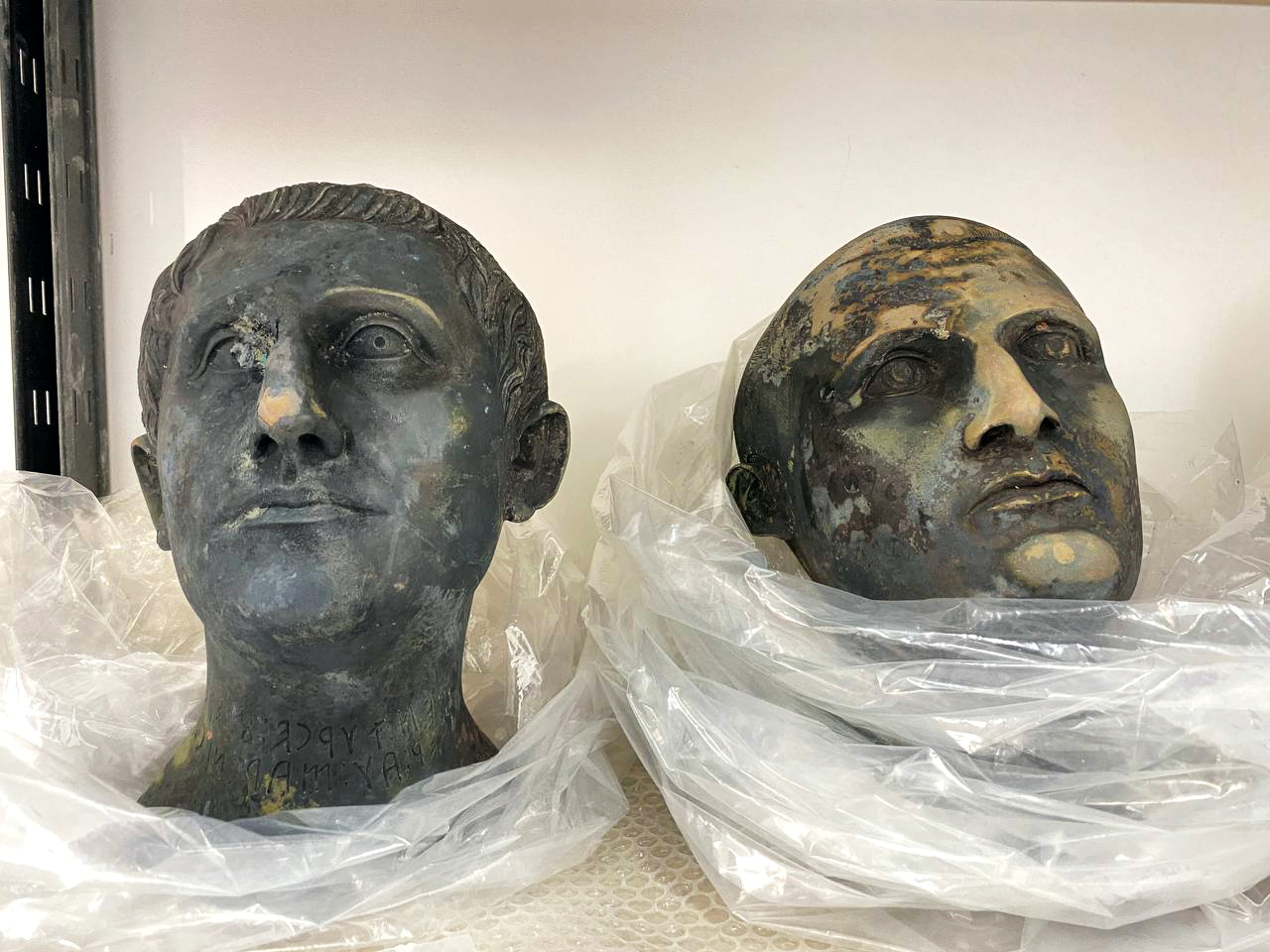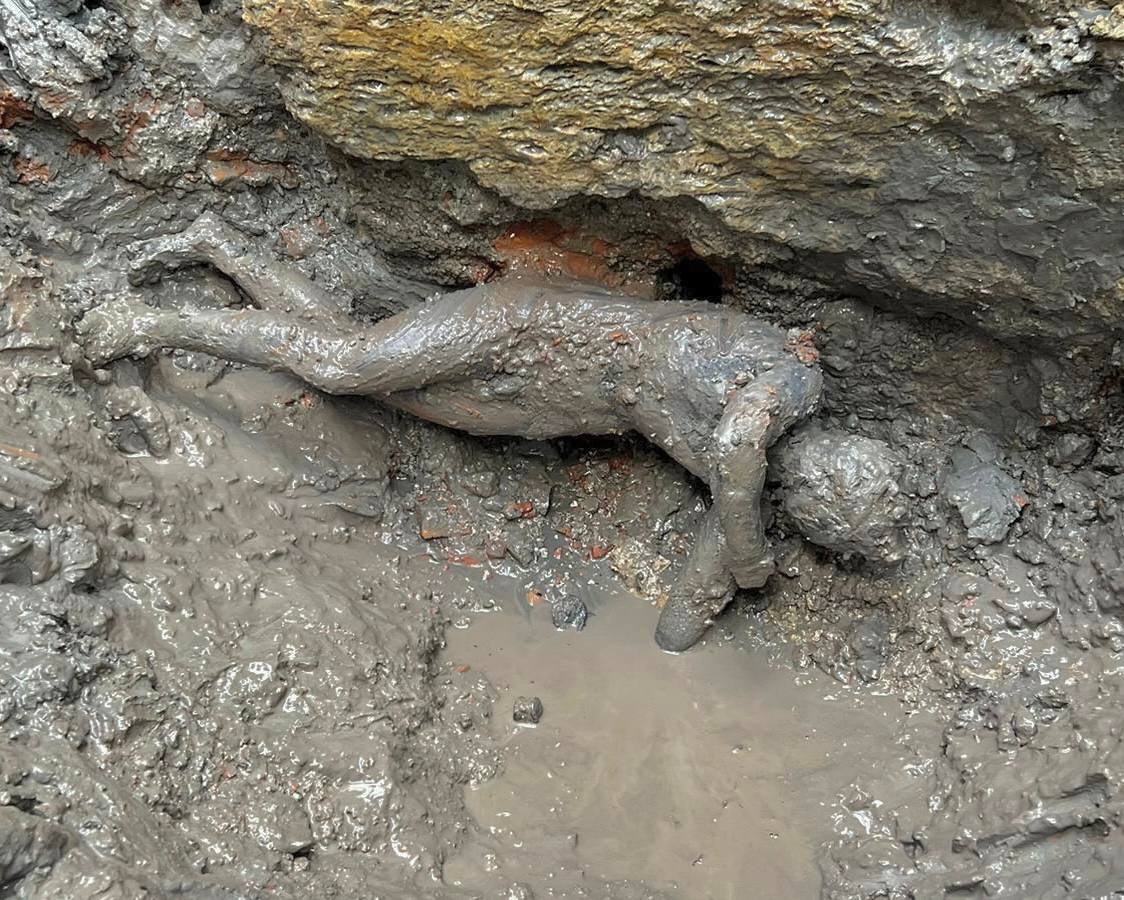di Carolyn Edlund
I prezzi delle tue opere d’arte rimangono costanti sia che tu venda direttamente ai collezionisti, online o tramite terzi? Ecco perché la coerenza è importante.
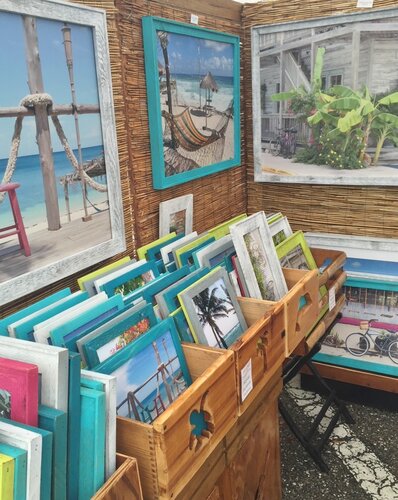
Quando hai fissato i prezzi per la tua opera d’arte secondo una formula che ti paga un salario equo per il tuo lavoro e include il profitto, puoi far crescere la tua attività. È importante sapere che i tuoi prezzi sono competitivi sul mercato, ma ti consentono anche di guadagnare quanto vali. Se i prezzi sono arbitrari, senza tener conto dei tuoi costi o del valore percepito del tuo lavoro, potresti imbrogliare te stesso. Oppure potresti inavvertitamente sovraccaricare e perdere potenziali vendite.
Sapere come prezzare correttamente all’inizio ti aiuterà a:
- Includi un margine di profitto su tutto ciò che guadagni
- Calcola il tuo prezzo addebitando per pollice quadrato (o pollice lineare) per prodotti simili, in modo sistematico che abbia senso per i clienti
- Sii competitivo nel mercato che hai scelto
- Diffondi i tuoi punti di prezzo per una collezione che offre qualcosa per i tuoi clienti, indipendentemente dal loro budget
- Mantieni i tuoi prezzi stabili e aumentali quando appropriato
A volte gli artisti non se ne rendono conto il prezzo è il prezzo è il prezzo indipendentemente da dove l’arte viene venduta. Possono vacillare sui prezzi a seconda delle circostanze. Ciò accade anche quando gli artisti non hanno chiarezza sulle basi dei prezzi.
Un artista ha dichiarato: “Non lavoro più con le gallerie, quindi sto dimezzando i miei prezzi poiché non devo pagare la loro commissione”. Quello che ha dimenticato è che quando vende direttamente, spende tempo, denaro e fatica, proprio come farebbe una galleria. Se vendesse il suo lavoro a metà prezzo, svolgerebbe tutte quelle attività di marketing e vendita senza pagamento per il suo lavoro o compenso per le sue spese.
Sapere come valutare e rimanere coerenti con loro, ti mette in controllo come artista. Sai quanto addebitare e perché. E, anche se scegli di avere una vendita temporanea sul tuo lavoro o di offrire a sconto per un collezionista, sei consapevole che non stai perdendo soldi. I tuoi normali prezzi al dettaglio rimangono invariati.
Cosa può succedere quando gli artisti non sono coerenti con i prezzi?
- Quando i prezzi oscillano senza una chiara ragione, i tuoi attuali collezionisti potrebbero pensare di aver fatto un cattivo affare. Se hanno pagato di più e i tuoi prezzi attuali sono più bassi, il tuo lavoro sembra essere diminuito di valore. Ciò scoraggia le vendite ripetute e crea diffidenza.
- La concorrenza sleale sottoquotando i prezzi dei tuoi clienti all’ingrosso o delle gallerie è un grosso problema. Può dare ai propri clienti l’impressione di avere un margine eccessivo o di sovraccaricare quando in realtà non lo sono. È una ricetta per rovinare il tuo rapporto con quei venditori, soprattutto se vendi online o in occasione di eventi nella loro zona.
- I prezzi instabili danno l’impressione che l’artista non sia un professionista. I clienti potrebbero credere che tu non abbia una buona padronanza di come valutare il tuo lavoro o che tu non capisca quanto vale sul mercato.
- Ogni volta che stabilisci arbitrariamente i prezzi, rischi di sottovalutare il tuo lavoro e di non essere redditizio. Perdere denaro sulle vendite della tua arte fa fallire tutta la tua attività.
Quando la tua arte ha un prezzo corretto e il tuo lavoro sta vendendo, la tua attività è in equilibrio. Guadagnerai e realizzerai un profitto. Abbi fiducia nei tuoi prezzi e sii in grado di difenderli se richiesto. Quindi, mantieni la coerenza con i prezzi nelle sedi di vendita e nelle piattaforme. Questo tipo di trasparenza servirà a te come artista, ai tuoi collezionisti e a qualsiasi terza parte che vende anche la tua arte.
Vuoi rimanere aggiornato sugli articoli economici all’avanguardia di Artsy Shark, oltre alle caratteristiche degli artisti e un invito alla prossima Call for Artists? Fai clic di seguito per iscriverti alla nostra e-mail semestrale. Avrai tutto questo più opportunità e offerte speciali che non puoi trovare da nessun’altra parte!


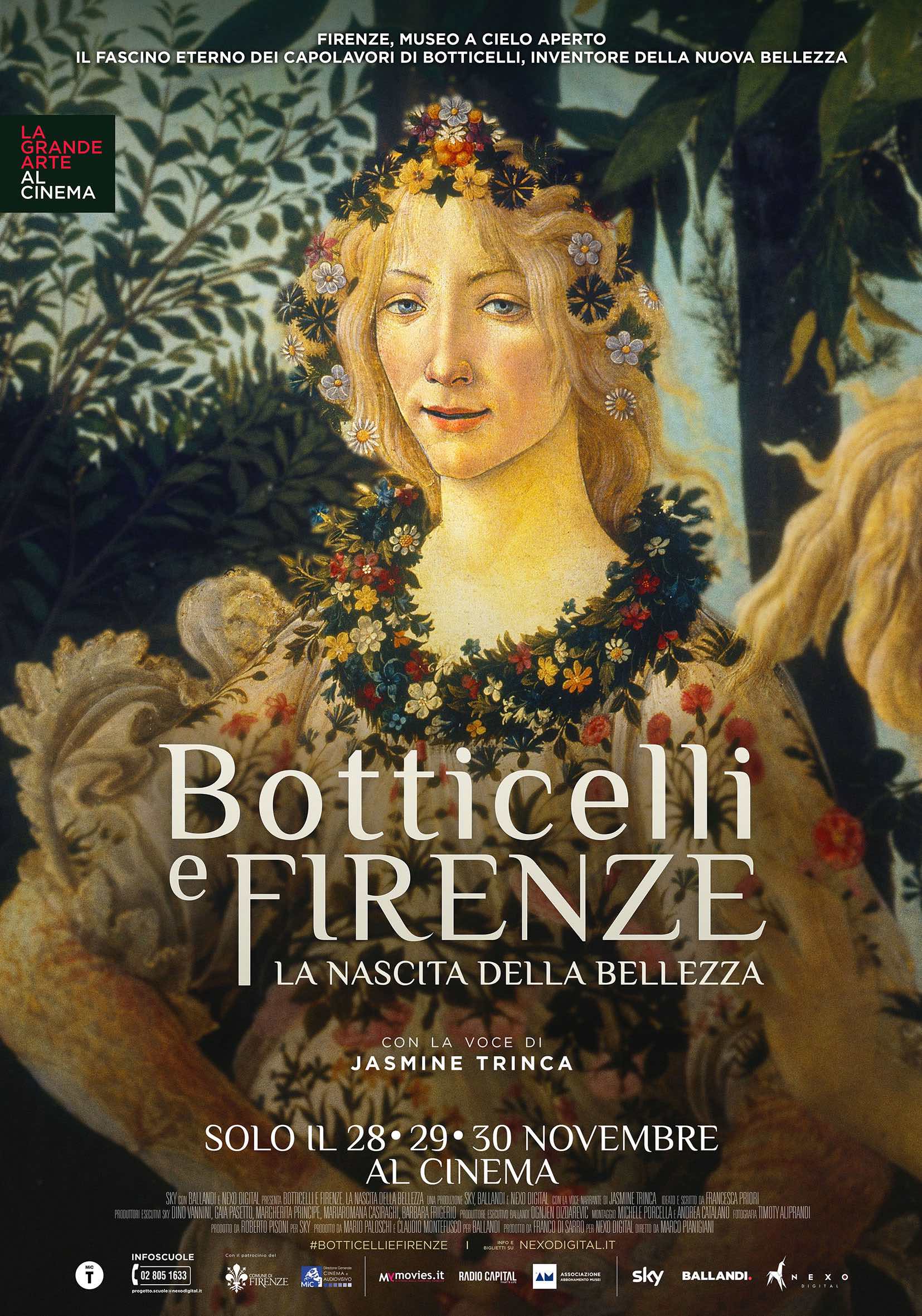
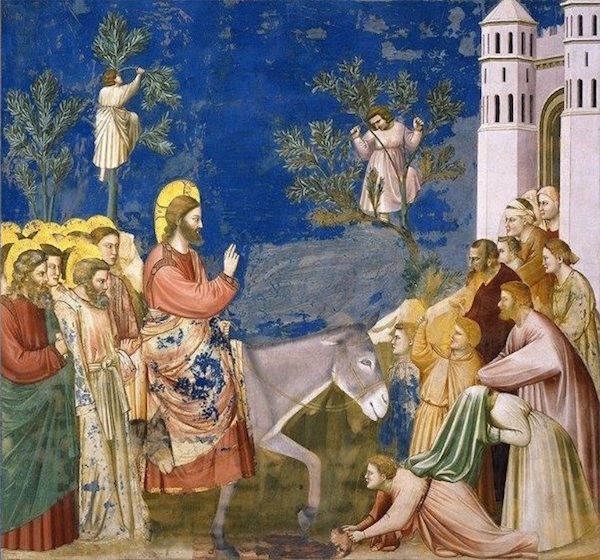
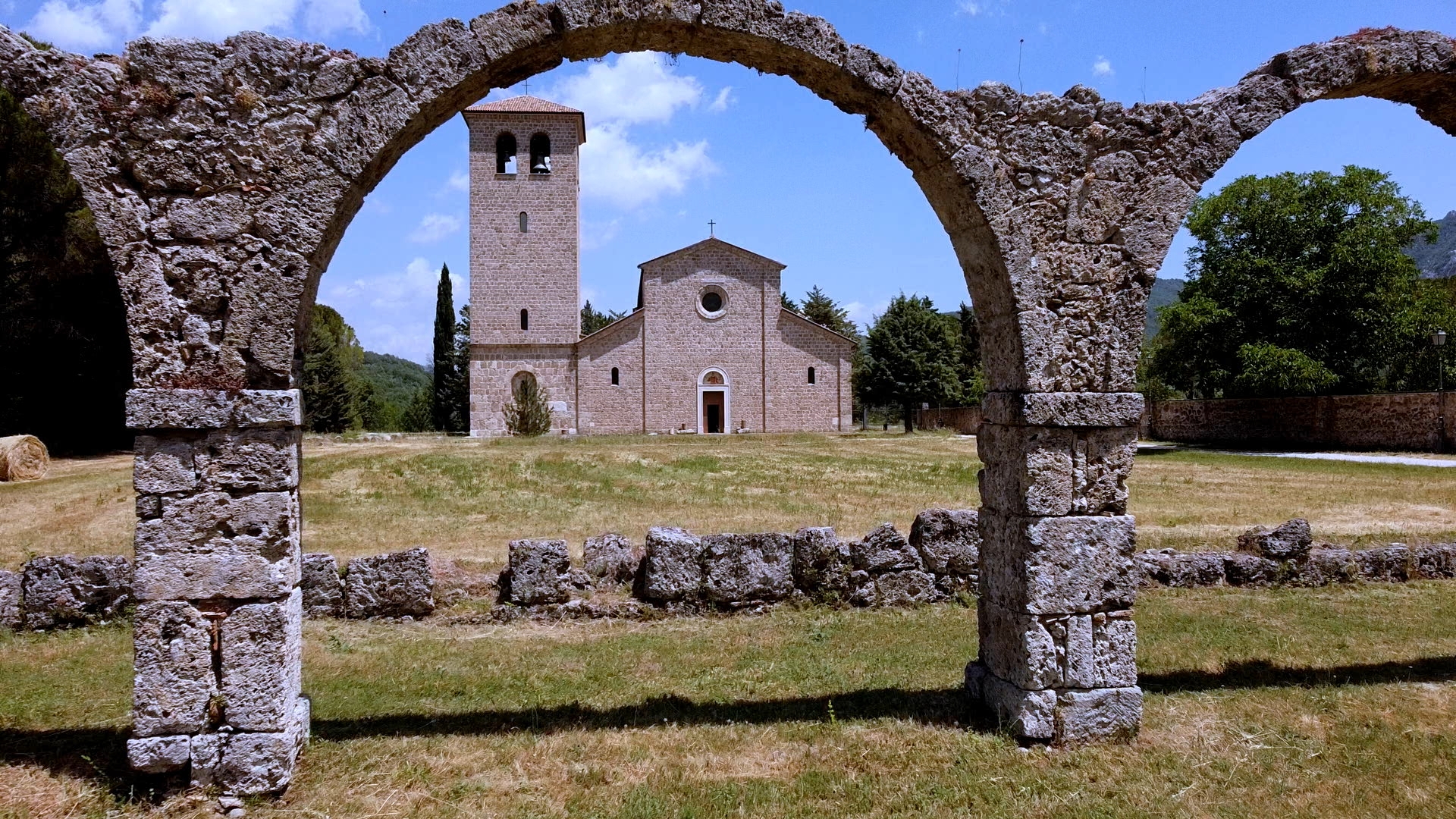



















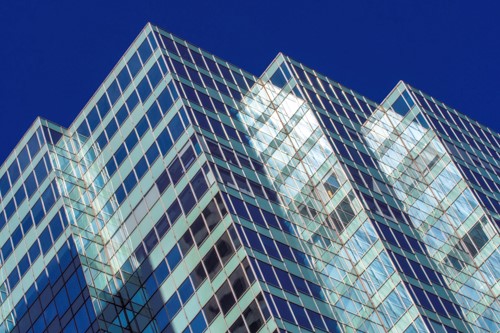
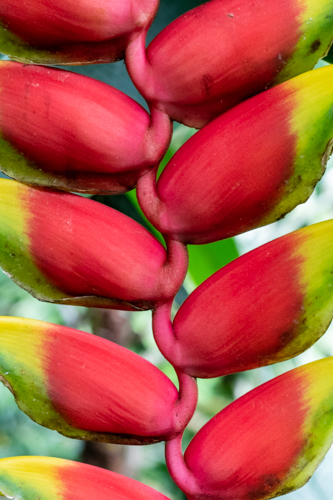
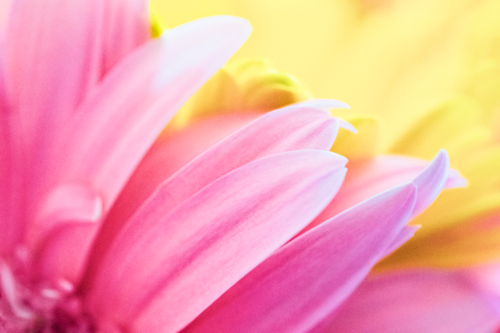
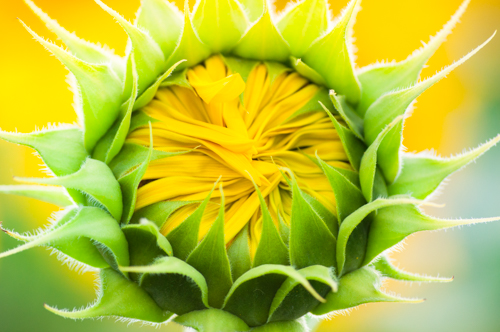

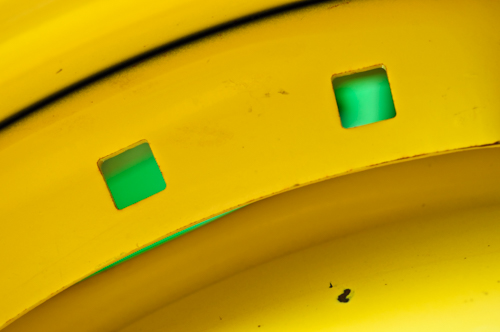
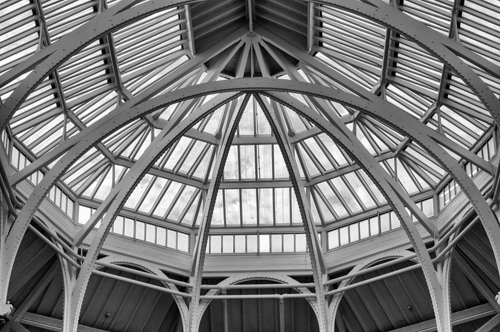
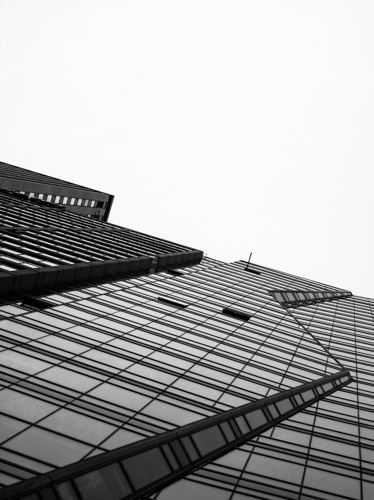
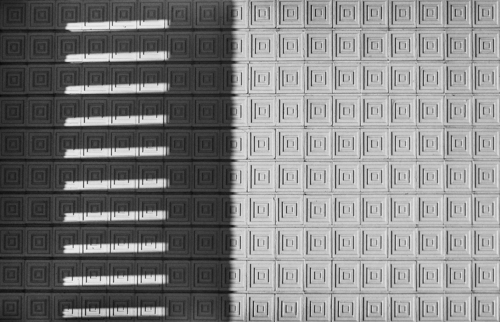
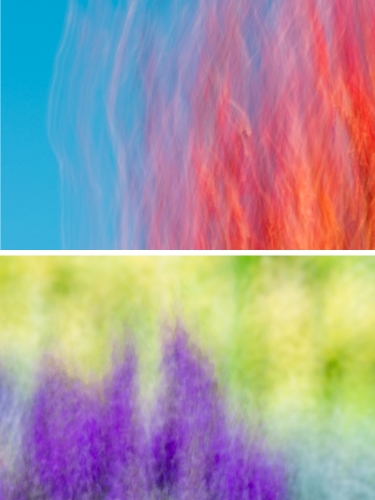


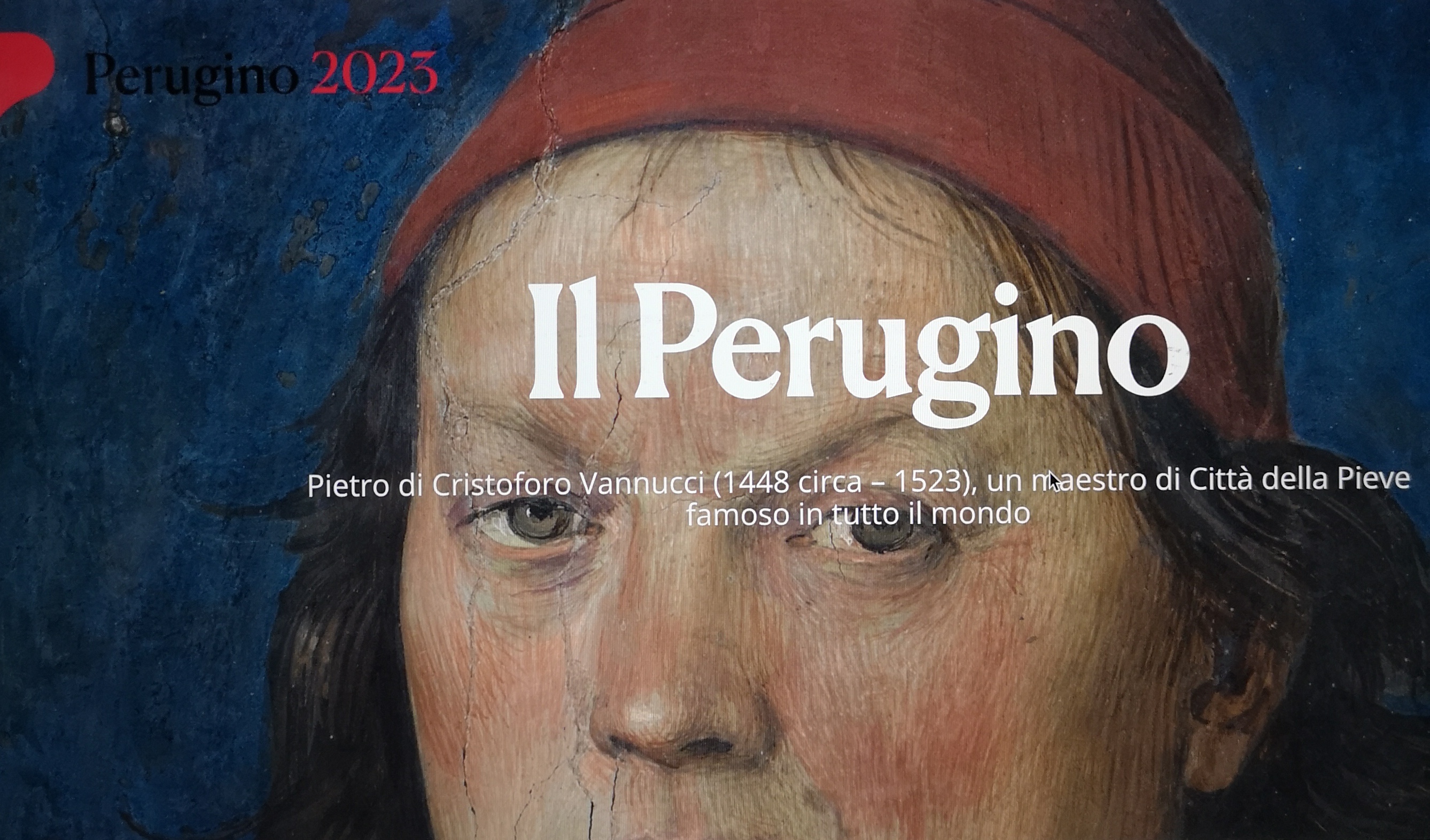 Perugino Portal 2023
Perugino Portal 2023